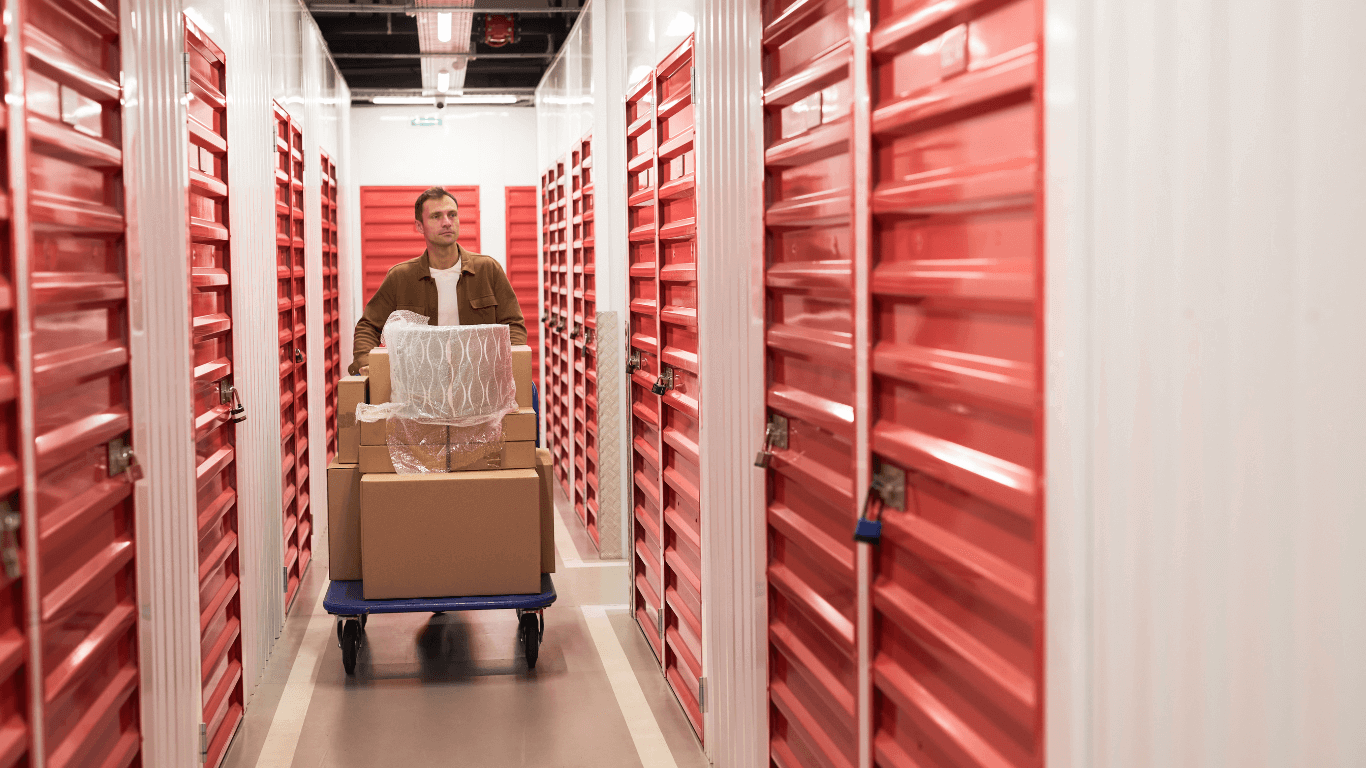July 16, 2025
Market Saturation Risks: Identifying Opportunities in Underserved Regions
Return to Media
In today's unstable real estate market, self-storage has built an excellent reputation. Its flexibility, resilience, and strong returns continue to draw investors. However, market saturation has begun to become an urgent problem as greater resources and focus enter the industry, especially in urban and suburban areas. The key for constant growth and strong revenue? Concentrating on areas with an opportunity for growth rather than crowded markets.
Why Some Markets Are Tapped Out
Self-storage has grown increasingly popular over the last ten years, particularly among big and medium-sized cities. Phoenix, Dallas, and Miami, for instance, are presently congested and have more square footage per person than the national average. The excess has started to show in the form of decreasing rental rates and longer lease times for new buildings. Although there is undoubtedly an opportunity to gain in these markets, it typically requires stronger promotion and lengthier hold times for profitable returns.
A Smarter Play: Targeting Underserved Areas
Wise investors tend to concentrate on regions that are yet to see an upsurge in self-storage. Because of shifts in position, cost, and lifestyle, these often include smaller towns, rapidly growing outer suburban areas, and even remote communities that are attracting new residents. Although not initially seeming to be areas of greatest need, certain areas can have substantial upside and fewer competition.
A few indicators that a market might be underserved are as follows:
* Lower per capita self-storage units than the national average
* Minimal competition in the immediate area (3-6 miles)
* A population boom or current migration patterns
* Rising household earnings and new housing developments
* Aging infrastructure with no significant new initiatives planned
Choosing the Right Markets
Investors need beyond instinct to find the hidden gems. Potential places can be discovered with the use of tools such as rival supply tracking, demographic investigation, and GIS mapping. The suburbs directly outside of rapidly growing cities, such as Nashville, Charlotte, or Boise, are frequently overlooked ignoring the reality that they might not have sufficient space for storage to cope with their growing population.
The Midwest and Southeast regions are additionally growing increasingly popular. These regions have emerged to be attractive alternatives for overcrowded coastal metros due to their business-friendly laws and high economic indicators.
The Flexibility of Self-Storage
The adaptability of self-storage is one of its primary advantages. Drive-up access units may be useful for an isolated property, while climate-controlled facilities might be essential in hot, humid areas. Creative reuse current buildings, such as converting old retail space into storage, can save cash and improve the community in small towns. Because of this adaptability, investors may effortlessly tailor each development to meet the specific needs of the community, resulting in higher occupancy and increases returns.
The Road Ahead
Steer clear of overcrowded markets and look for gaps in supply if you want to be successful in self-storage in the future. Investors may prevent the risks of congestion and uncover less competitive, high-upside potential clients by focusing on unexplored areas with real growth potential.
The greatest opportunities in this sector may not be in the spotlight, but rather in the margins, where local demand is adequately met by wise money.
